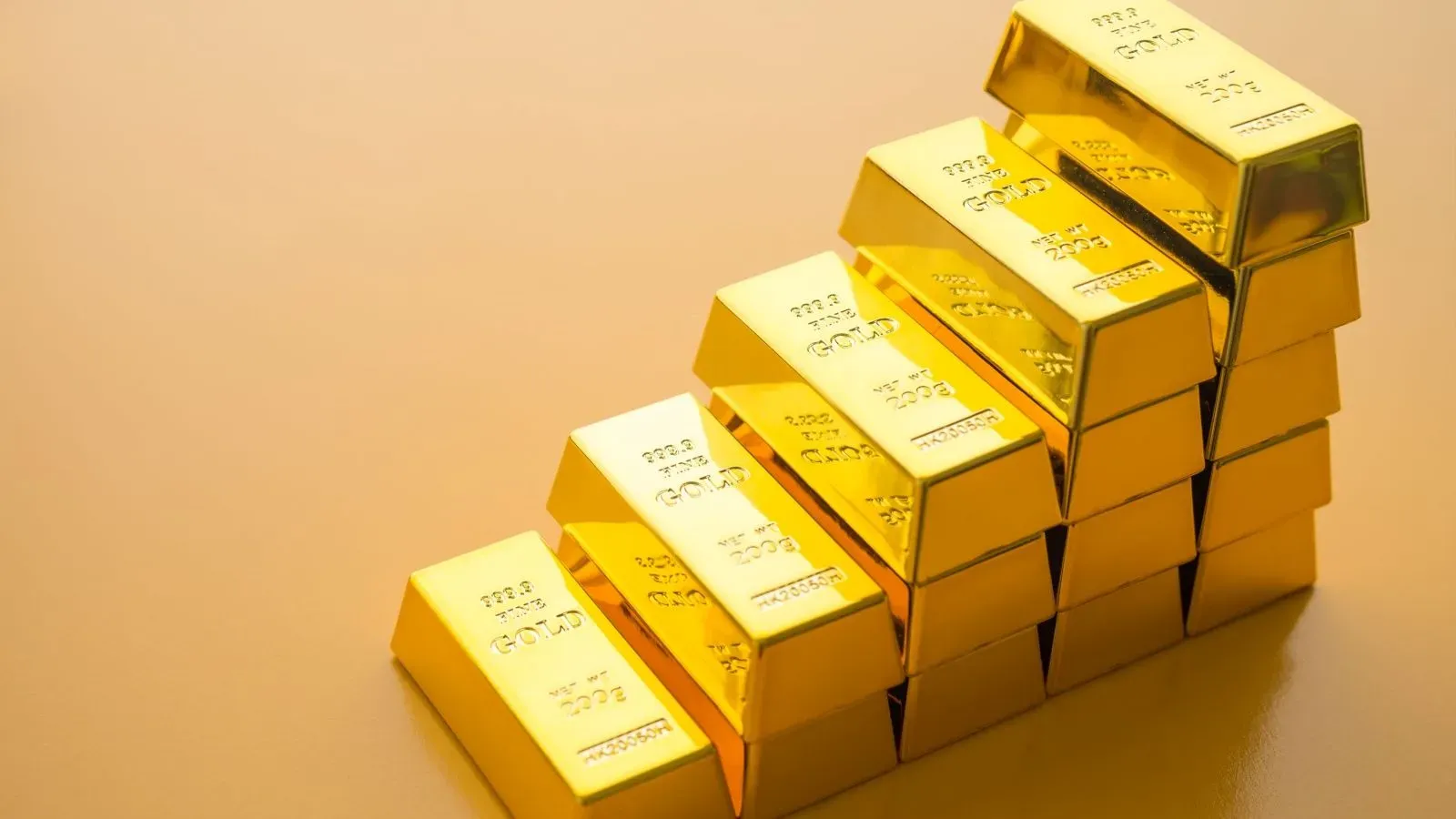Personal Finance News
Gold jewellery or ETFs: Should you buy paper gold or physical?
.png)
4 min read | Updated on July 08, 2025, 15:10 IST
SUMMARY
Gold exchange-traded funds (ETFs) have gained wide popularity among investors as a convenient and cost-effective way to invest in gold. While gold jewellery has its cultural edge, gold ETFs are being embraced by Indian investors due to their advantages, like transparency and liquidity.

Each unit of a gold ETF usually represents 1 gram of gold, backed by physical bullion stored in safe vaults.
In May 2025, gold exchange-traded funds (ETFs) saw a net inflow of as much as ₹292 crore on the back of firm gold prices due to volatile global dynamics. This brought gold ETFs’ overall assets under management to ₹62,453 crore in May against ₹61,422 crore in April, as per data by the Association of Mutual Funds in India (AMFI). Gold prices have jumped over 25% so far in 2025, drawing investors’ attention.
The yellow metal has always been more than a metal all around the world. Apart from being considered a safe haven asset, it has significant cultural and traditional value. In Indian households, gold has been a trusted investment and a symbol of prosperity. People in the country don’t buy gold just for investment but to wear it as jewellery and to use it in various ceremonies, including weddings.
Gold ETFs vs physical gold
This is a major challenge for physical gold. Buying physical gold comes with authenticity concerns and the inconvenience of storing it safely. Verifying the purity of gold isn’t always manageable, and many end up buying impure gold mixed with other metals, resulting in less value for their money.
In this, gold ETFs are the clear winner as there are no purity or storage concerns. Gold ETFs are purely financial. They track the price of physical gold but are traded on the bourses like shares, removing the need for storage. Each unit of a gold ETF usually represents 1 gram of gold, backed by physical bullion stored in safe vaults. This eliminates the risk of theft as well.
More importantly, gold ETFs offer the biggest advantage of liquidity. Investors can buy or sell units during trading hours, like other market activities. The transaction costs are lower as compared to buying jewellery due to the making charges.
For Indians, even now, physical gold is one of the most common investment methods as it’s a symbol of security, social status and, notably, tradition. Weddings, festivals like Akshay Tritiya and Diwali, and other religious ceremonies often involve gold. However, buying gold jewellery comes with its own cost. Making charges and GST alone can hike the price by 10-20%, and when you sell it, you may not even recover the entire cost.
Gold ETFs offer the flexibility of investing small amounts in gold. This is beneficial for investors who have just started and want to build their portfolios gradually. On the other hand, buying gold jewellery generally requires a huge cash payment.
Both physical gold and gold ETFs attract tax. A set 3% Goods and Services Tax (GST) is applicable on all gold purchases, including bars, coins, and jewellery. Further, while selling gold, you need to pay a 12.5% tax on long-term capital gains (LTCG). Similarly, if gold ETFs are held for over three years, LTCG gains are taxed at 12.5%. On both of these, short-term capital gains (STCG) are taxed as per the individual’s income slab.
Which is a better choice?
There’s no right or wrong in this. The most important factor is your priority. If you aim to buy gold just for investment, gold ETFs are the way to go as they provide you with transparency, liquidity and cost efficiency. For personal use or for gifting purposes, gold jewellery is still the preferred choice. Before choosing, consider your requirements and goals to make the most financially sound decision.
Related News
By signing up you agree to Upstox’s Terms & Conditions
About The Author
Next Story


